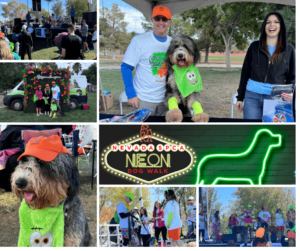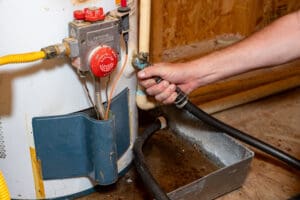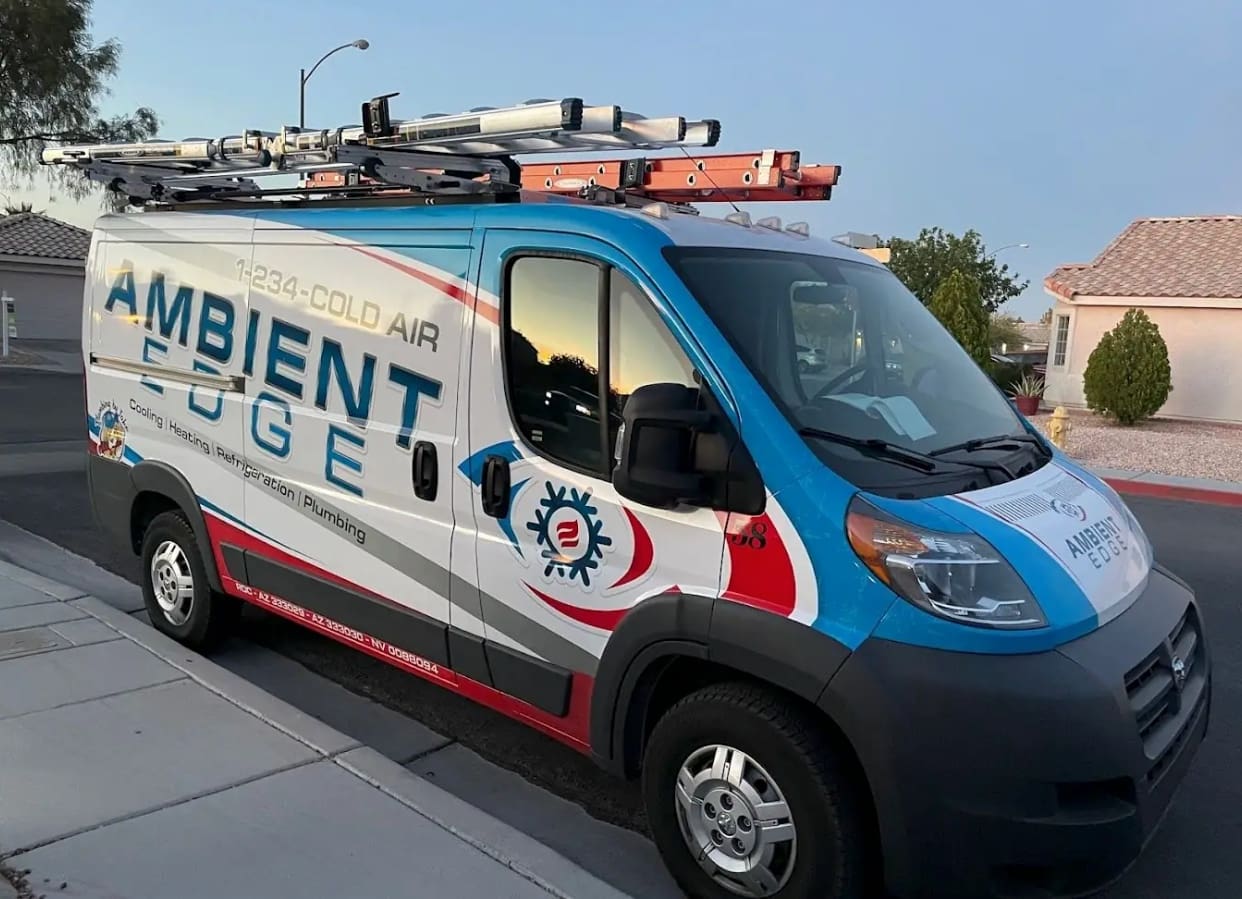Trusted Air Conditioning, Heating, Refrigeration & Plumbing Services
Experts in repair, installation & maintenance
Get Up To $3000 OFF A New A/C Unit
OR Special Financing for 12 months
With Approved Credit. Conditions Apply.
Arizona & Nevada's Trusted Air Conditioning & Heating and Plumbing Company
For optimal comfort and reliable home systems in your Arizona or Nevada, residence, you need an efficient climate control system and dependable plumbing services. Whether you reside in the historic charm of Kingman, AZ, or the vibrant energy of Las Vegas, NV, our comprehensive range of services, including HVAC system installation, repair, maintenance, and expert plumbing services, are tailored to meet your needs. We serve a broad area, including Boulder City, Henderson, Bullhead City, and surrounding regions for HVAC and only AZ regions for plumbing.
In addition to residential services, Ambient Edge also specializes in commercial HVAC, food equipment services and plumbing solutions. Whether you’re a business owner in Kingman, Las Vegas, or any of our service areas, we understand the unique demands of commercial systems and offer tailored services to keep your operations running smoothly.
Trust Ambient Edge for all your cooling, heating, plumbing, and commercial service needs, and enjoy the peace of mind that comes with choosing industry-trained experts dedicated to delivering the best in service and quality.
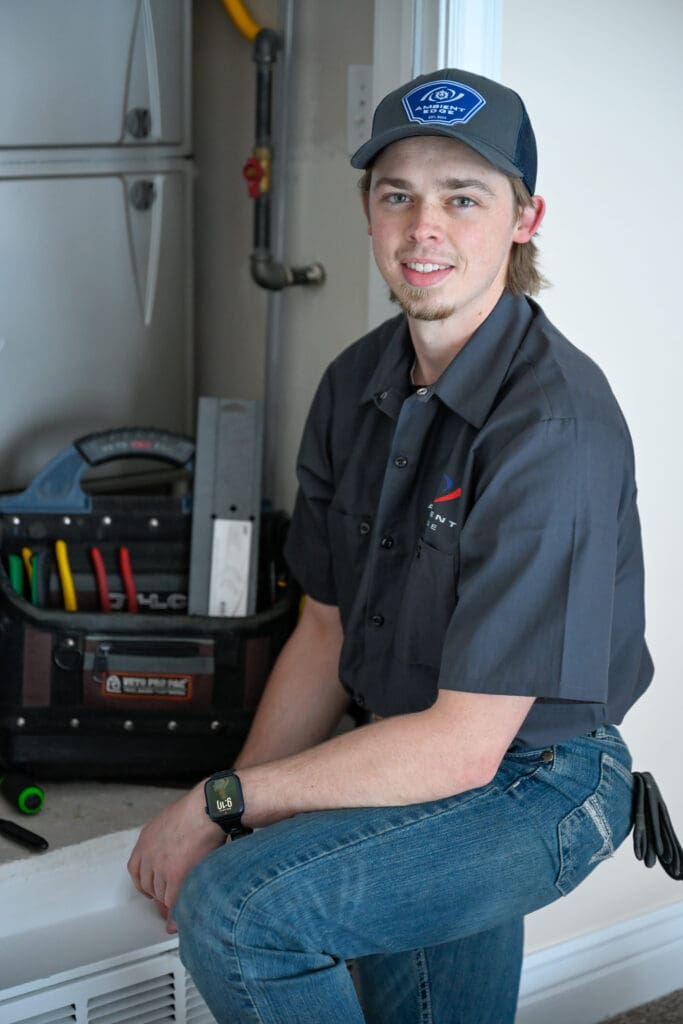
The Ambient Edge Difference
Your Local Experts

100% Satisfaction Guarantee
We’re supremely confident that our service and product quality will surpass what you expect, and that’s reflected in how our service contracts are written. We put our 100% satisfaction guarantee right there for everyone to see.

Flat Rate Pricing
Our Flat-Rate pricing system means you will never be caught off-guard by hidden costs. Our accurate estimates and quality service mean no surprises and no unexpected fees.

Free Estimates
Replacing your heating or cooling system is easy with our free in-home consultation. Our comfort specialist will arrive on time and ready to go over all your options. We provide free estimates for new units and upgrades. Let our team of experts find the right products for your home comfort needs.
10-Year Manufacturer & Labor
Home of the 10-year Manufacturer & industry leading 10-year parts and labor Warranty at NO additional cost! When you invest in a new heating or cooling system, you deserve the confidence that your equipment will stand the test of time. That’s why we proudly offers a 10-year warranty on all HVAC systems we install and provide ongoing service for.

Air Conditioning
Stay cool and comfortable year-round with expert air conditioning services. Whether it’s a quick repair, full AC installation, or routine maintenance, professional HVAC technicians ensure your system runs efficiently, keeping energy costs low and indoor temperatures perfect.
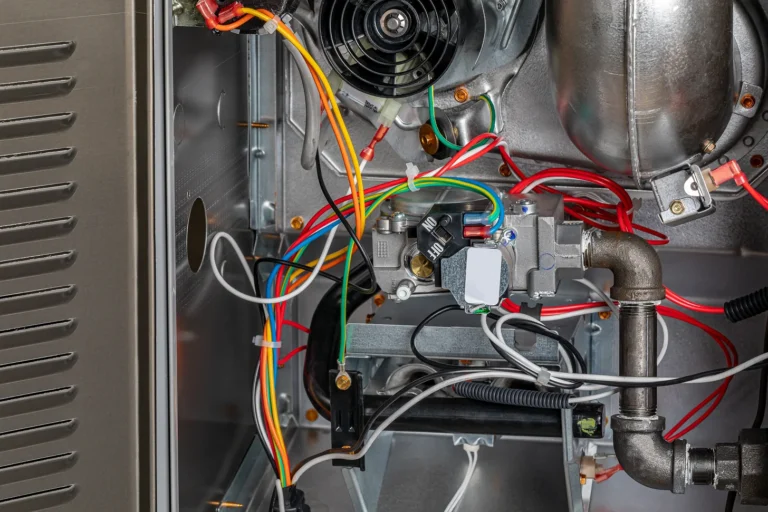
Heating
Reliable heating is essential for staying warm during colder months. From furnace repairs to new heating system installations, expert service ensures your home or business remains cozy and energy-efficient, preventing unexpected breakdowns when temperatures drop.
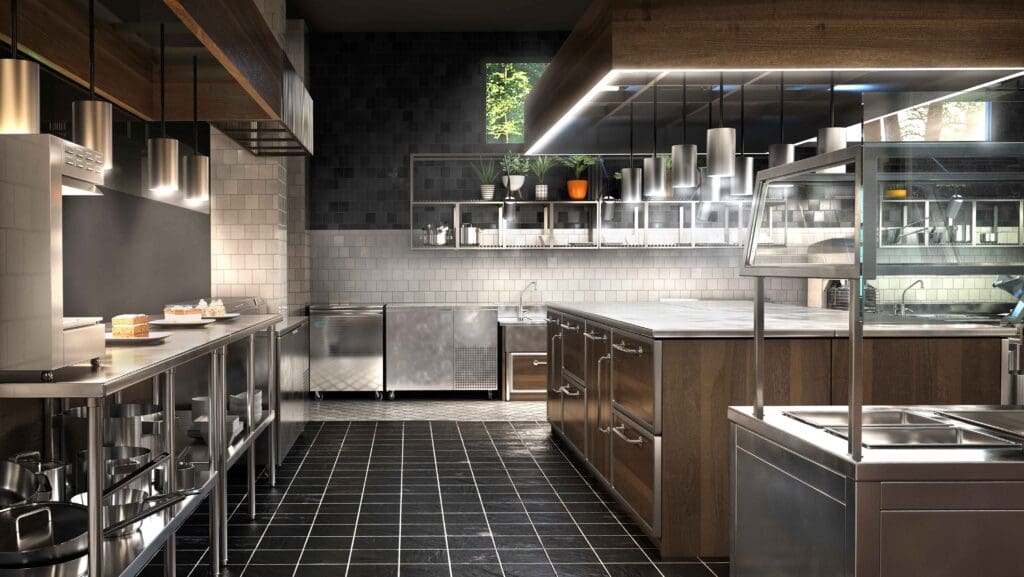
Food Equipment
Commercial kitchens depend on reliable refrigeration and ventilation systems. Professional maintenance and repair services ensure food equipment operates efficiently, reducing downtime and keeping businesses running smoothly.
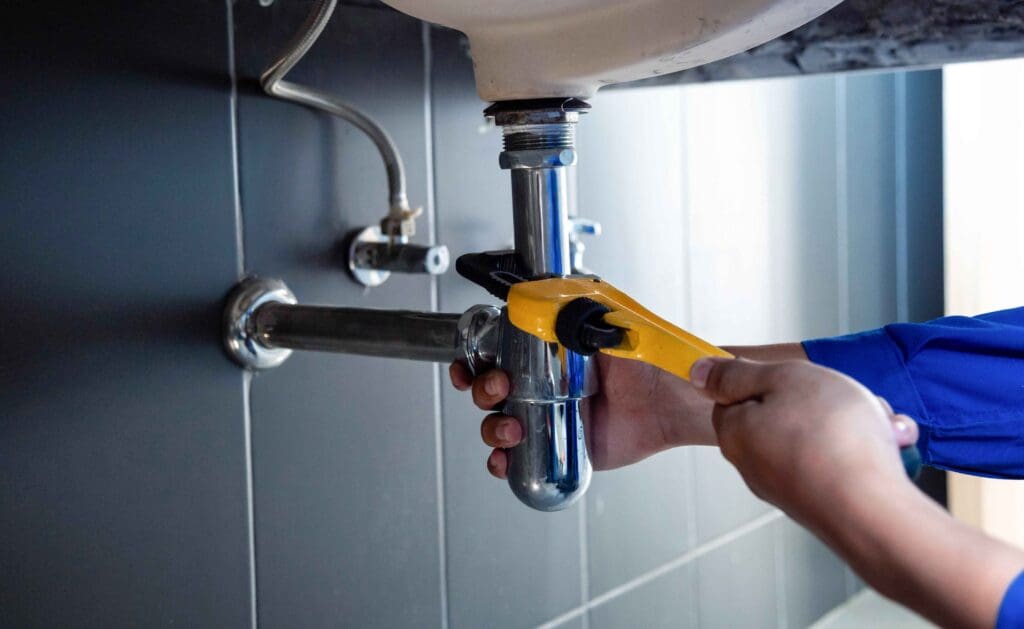
Plumbing in Arizona
Expert plumbing services are available for homeowners in Arizona, ensuring reliable solutions for everything from minor leaks to major repairs. Whether it’s fixing a broken pipe, replacing fixtures, or improving water flow, trusted professionals provide top-quality service to keep your home running smoothly.
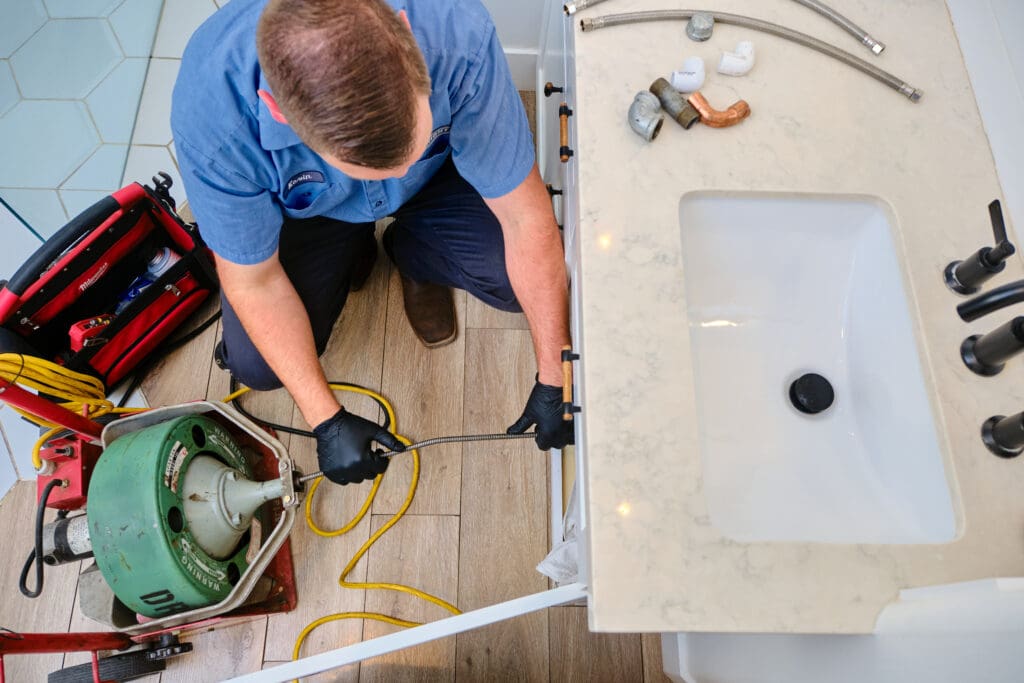
Drain Services in Arizona
Dealing with a clogged drain, backed-up sewer line, or slow-moving water? Ambient Edge provides expert drain services for homeowners in Arizona, offering fast, reliable solutions to keep your plumbing system running smoothly.
Our Specials
More than 3,000 5-Star Reviews
We know the best way to provide 5-star service is to listen to our valued customers. We look forward to hearing from you!







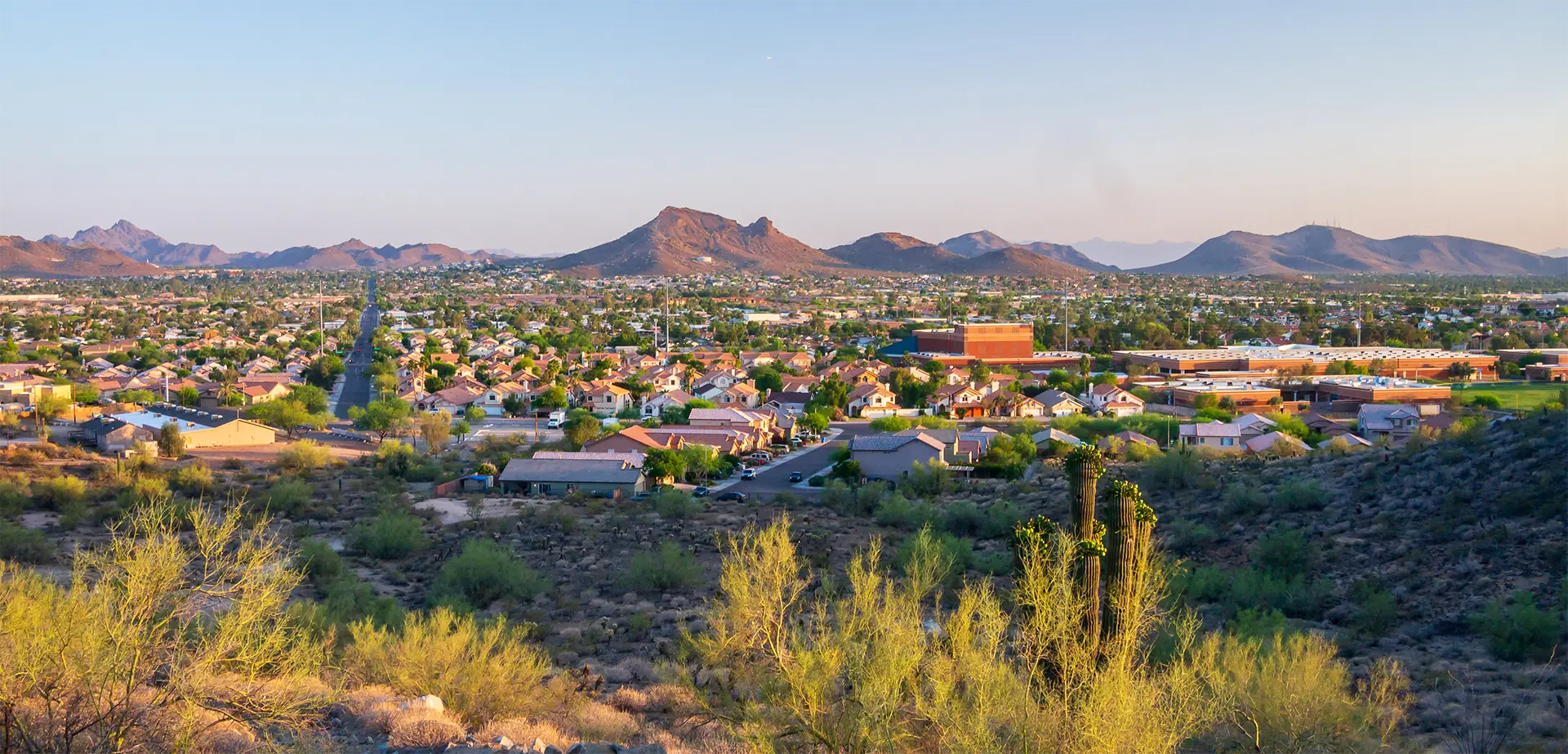
Your Local Experts for Year-round Comfort
Ensure your home stays comfortable in every season with top-rated service. We proudly serve Las Vegas, Henderson, Laughlin and more in Nevada, Kingman, Bullhead City, Lake Havasu, and the surrounding area in Arizona. Our expert team is here to meet your heating, cooling, refrigeration and plumbing needs.

